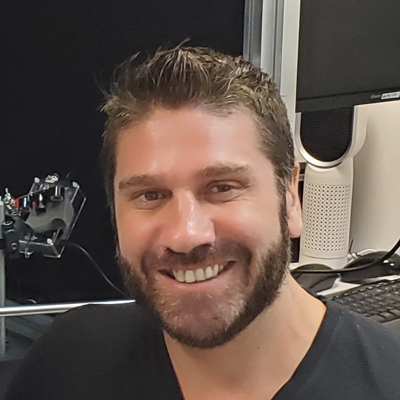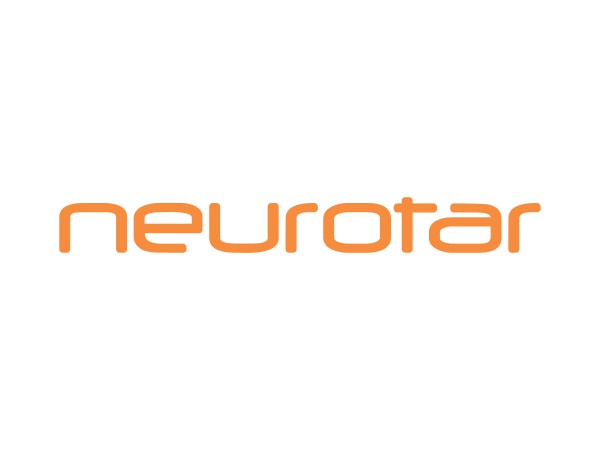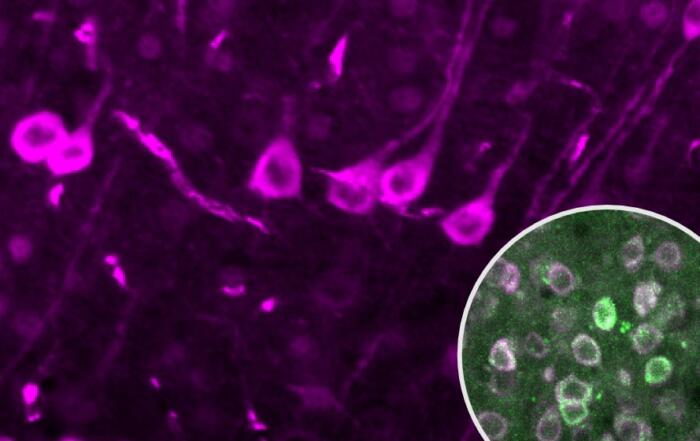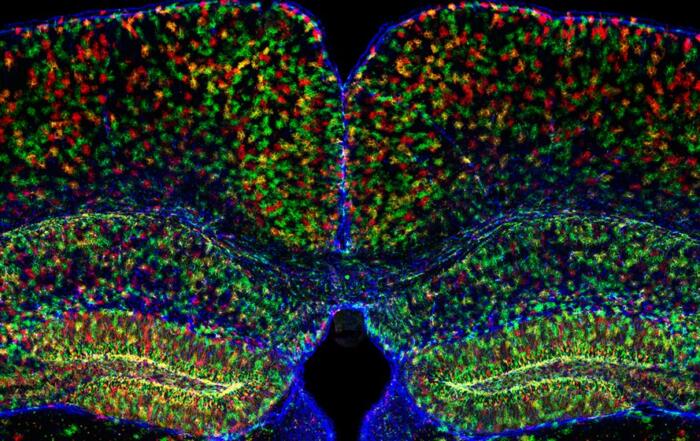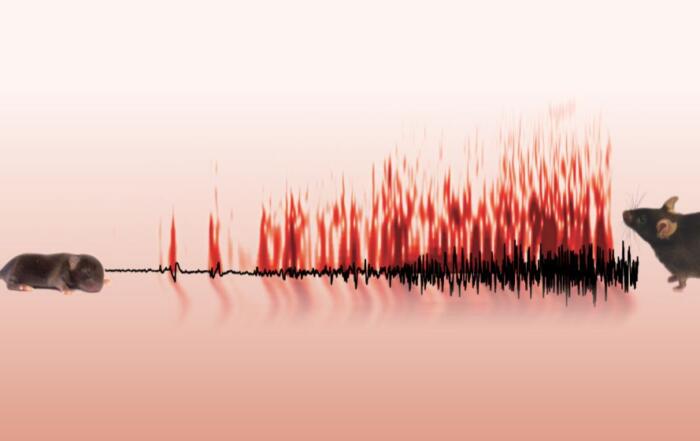Experts discuss how microscopy, electrophysiology, and optogenetics are used to study microglial calcium signaling and epileptic networks in awake head-fixed mice.
Epilepsy research employs sophisticated research methods such as fluorescence optical imaging and optogenetics, as well as novel electrophysiological techniques, to address unresolved questions about seizure generation and propagation on the cellular and circuitry levels. Since epilepsy research is most relevant when performed in non-anesthetized mice, it requires specialized tools that ensure stable head fixation during high-precision imaging and recordings.
In this webinar, Dr. Anthony Umpierre (Prof. LongJun Wu group, Mayo Clinic, USA) and Prof. Rob Wykes (UCL, UK) present their research on microglial calcium signaling and epileptic networks carried out in awake head-fixed mice. In addition to sharing exciting new findings, the presenters address the challenges of working with awake mice.
Neuronal calcium traces recorded in awake, head-fixed mice
Key Topics Include:
- Mesoscopic investigations of seizure dynamics and propagation using widefield calcium imaging
- Generating full-bandwidth electrophysiological recordings enabled by graphene micro-transistors to detect spreading depolarizations and seizures
- On-demand optogenetic induction of spreading depolarizations to investigate pharmacological suppression in the awake brain
- The impact of acute versus chronic window preparations on microglial calcium activity
- The use of genetically encoded calcium indicators to study calcium dynamics in microglia
- The effects of bi-directional shifts in neuronal activity caused by kainate-triggered status epilepticus and isoflurane anesthesia on microglial calcium
Click to watch the webinar recording. To view the presentation full screen simply click the square icon located in the bottom-right corner of the video-viewer.
Resources

To retrieve a PDF copy of the presentation, click on the link below the slide player. From this page, click on the “Download” link to retrieve the file.
Presenters
Senior Lecturer / Research Senior Fellow
Dept.of Nanomedicine
The University of Manchester
Postdoctoral Researcher
Department of Neurology
Mayo Clinic


